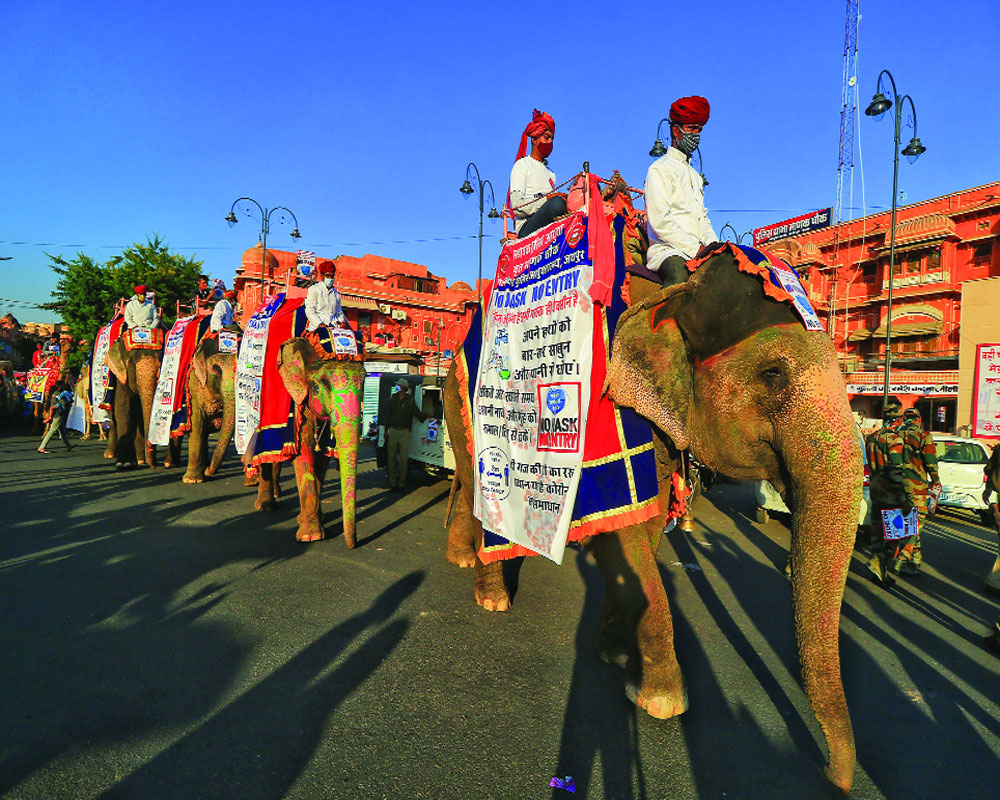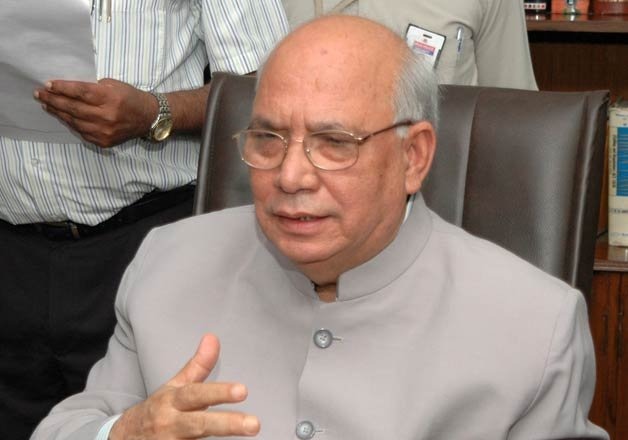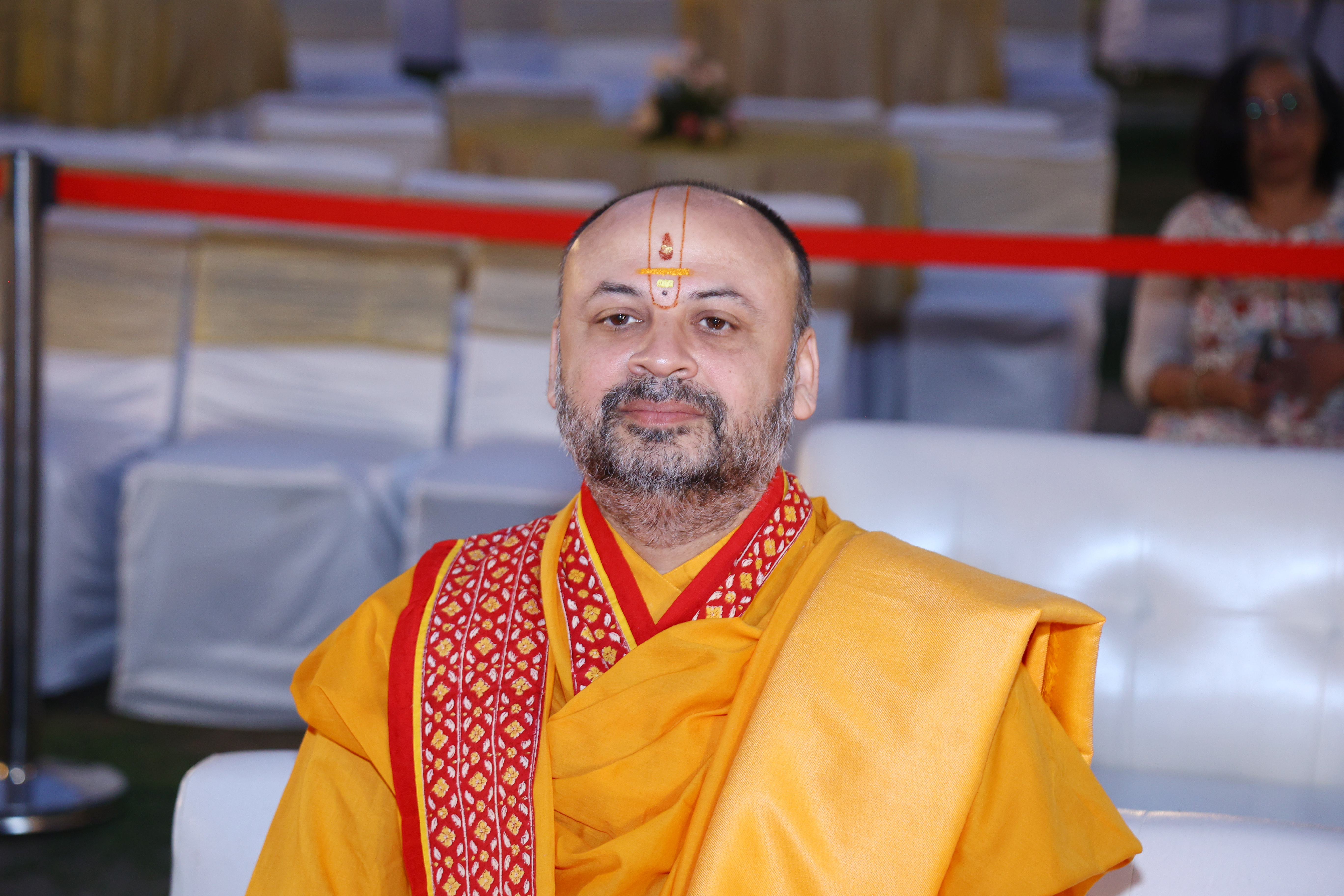The Covid-19 global pandemic has exposed the fault lines in how we communicate about public health. The pandemic has made it evident that public health communication is not only an important but indispensable part of our response to mitigate the ongoing global challenge
For the past few months, Governments, scientists, policymakers, foundations, businesses, and civil society members have been grappling with mitigating the Covid-19 pandemic.
The whole world is now looking towards a potential vaccine, with a couple of candidates displaying outstanding results in various phases of clinical trials. But it is critical to understand that a vaccine alone cannot be a magic bullet that can “end” the pandemic — we need social and behavioural changes that can help tackle the disease till an efficacious vaccine or a drug is discovered, and even after that. How do we ensure that people continue to follow simple measures like wearing masks, hand washing and physical distancing? The answer lies in effective public health communication.
The Covid-19 global pandemic has exposed the fault lines in how we communicate about public health. The pandemic has made it evident that public health communication is not only an important but indispensable part of our response to mitigate the ongoing global challenge.
According to the World Health Organization, in times of public health emergencies like the one we are currently in, people need to know what health risks they face and what actions they can take to protect their health and lives. Accurate information provided early, often, and in languages that people understand, trust, and use, enables individuals to stay informed and make choices to protect themselves, their families and communities from foreseeable health hazards.
Another factor that effective public health communications can help address is misinformation. The WHO has identified an “infodemic” surrounding the coronavirus — that is, “an overabundance of information and the rapid spread of misleading or fabricated news”. Coupled with the nature of the pandemic itself, where new evidence around the disease is constantly coming to light — this has led to a deluge of information which has made it difficult for the general public to sift fact from fiction, especially on the Internet. Over the past months, we have seen the circulation of several harmful “fake news” about the pandemic that has the potential to hamper response efforts and affect public behaviour.
This is where a clear and robust public health communication strategy can go a long way in dispelling myths and “fact-checking” misinformation. This is why, throughout the pandemic, the Indian Council of Medical Research has taken proactive steps to communicate regularly and effectively through press releases, website updates and via social media to help ensure that accurate information reaches the public.
Specific portals for information around Covid-19 and on vaccine development have been created, as well as a clinical registry for Covid-19. The Ministry of Health and Family Welfare has also facilitated regular media interactions.
In this context, it is also necessary to ensure that any kind of public health messaging echoes through every rung of society and comes from sources that are trusted by the target audiences of those messages. We all remember the Do Boond Zindagi Ki campaign, carried out as part of the polio elimination campaign in India.
This iconic slogan became the cornerstone of this massive campaign and, delivered by Amitabh Bachchan, created much-needed awareness, even among hard-to-reach populations. The media also played a key role in the campaign, in fact, no public health communication strategy can hope to be successful without the support of the media. During the current pandemic, slogans such as Do Gaj Doori Hai Zaroori and Jab Tak Dawai Nahi Tab Tak Dhilai Nahi have helped communicate the importance of taking precautionary measures.
This is not the first pandemic we have seen, nor will this be the last. But today, we have a real opportunity to invest in building a conducive environment for public health communications in the country. And for that to happen, we need to encourage collaboration between technical experts — doctors, scientists, public health researchers — and communication experts —social and behavioural scientists, communicators and the media.
For technical experts, now is the time to arm ourselves with an arsenal of communication tools, so that we can effectively communicate nuances of a complex disease and its effects to the larger public in a way that is understandable and engaging. For communicators, this is a time to leverage increasing public interest in health and engage more and more technical experts to champion public health issues in the community. Only if we come together can we create an environment where everyone has access to timely, accurate and trusted information that can directly impact their health and save thousands of lives in the long run.
(Rajnikant Srivastava is Director of Regional Medical Research Institute (ICMR-RMRC) in Gorakhpur, and Scientist G & Head, Research Management, Policy, Planning and Communication, ICMR Headquarters and currently heads the communications unit at ICMR. Kaushik Bose is vice president, Global Health Strategies, New Delhi)








 OpinionExpress.In
OpinionExpress.In















Comments (0)